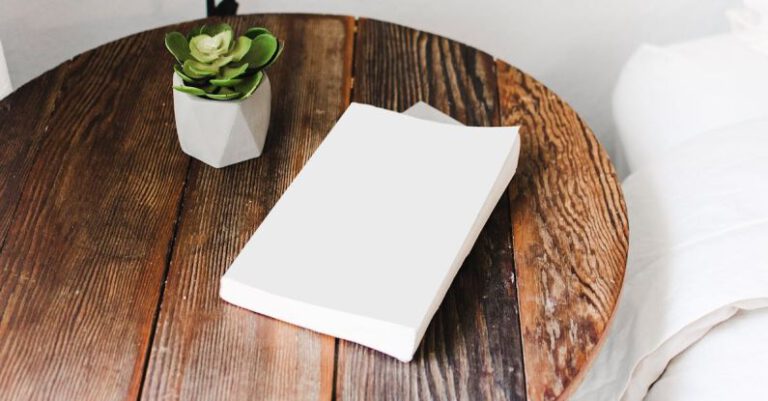What’s the Trick to Sanding and Staining Like a Pro?
Achieving a professional finish when sanding and staining wood can elevate your DIY projects to a whole new level. Whether you’re a seasoned woodworker or a novice enthusiast, mastering the art of sanding and staining is essential for creating stunning furniture pieces or enhancing the beauty of your home decor. With the right techniques and a few expert tips, you can transform raw wood into a masterpiece that showcases your craftsmanship. So, what’s the trick to sanding and staining like a pro? Let’s dive in.
Prepare Your Work Area
Before you embark on your sanding and staining journey, it’s crucial to set up a suitable work area. Choose a well-ventilated space with ample lighting to ensure you can see the wood’s grain clearly. Lay down a drop cloth or old newspapers to protect your work surface from stains and spills. Additionally, wear protective gear such as goggles, a dust mask, and gloves to safeguard yourself from wood particles and chemicals.
Sanding Techniques for a Smooth Finish
Sanding is a fundamental step in the wood finishing process, as it helps create a smooth surface for the stain to adhere to. To achieve a professional finish, follow these sanding techniques:
**Choose the Right Grit:** Start with a coarse grit sandpaper to remove any imperfections or rough spots on the wood. As you progress, switch to finer grit sandpapers to smoothen the surface gradually. A common progression is from 80 to 120 to 220 grit.
**Sand in the Direction of the Grain:** Always sand in the direction of the wood grain to prevent scratches and ensure a uniform finish. Sanding against the grain can result in unsightly marks that are difficult to remove.
**Use a Sanding Block:** To maintain even pressure and avoid over-sanding in certain areas, use a sanding block or pad. This will help you achieve a consistent finish across the entire surface.
Staining Tips for Professional Results
Once you’ve sanded the wood to perfection, it’s time to move on to the staining phase. Staining not only adds color to the wood but also enhances its natural beauty. Follow these staining tips to achieve professional results:
**Prep the Wood:** Before applying the stain, make sure the wood is clean and free of dust. You can use a tack cloth or a vacuum with a brush attachment to remove any debris.
**Test the Stain:** It’s always a good idea to test the stain on a small, inconspicuous area of the wood to ensure you achieve the desired color. This step can help you avoid any surprises once you apply the stain to the entire surface.
**Apply Evenly:** Use a brush, rag, or sponge applicator to apply the stain evenly across the wood surface. Work in the direction of the grain to prevent streaks or blotches.
**Wipe Off Excess:** After applying the stain, wait for a few minutes to allow it to penetrate the wood. Then, use a clean cloth to wipe off any excess stain. This will help prevent uneven coloration and blotching.
Finishing Touches for a Professional Look
To truly elevate your sanding and staining project to a professional level, consider applying a topcoat or finish. A clear coat not only protects the wood but also enhances its appearance. Choose between polyurethane, lacquer, or varnish based on your project’s requirements and desired level of sheen.
Incorporate these expert tips and techniques into your sanding and staining process to achieve professional results that showcase your woodworking skills. With practice and attention to detail, you’ll soon be creating stunning wood finishes that rival those of seasoned professionals. So, roll up your sleeves, grab your sandpaper and stain, and get ready to transform raw wood into a work of art.






